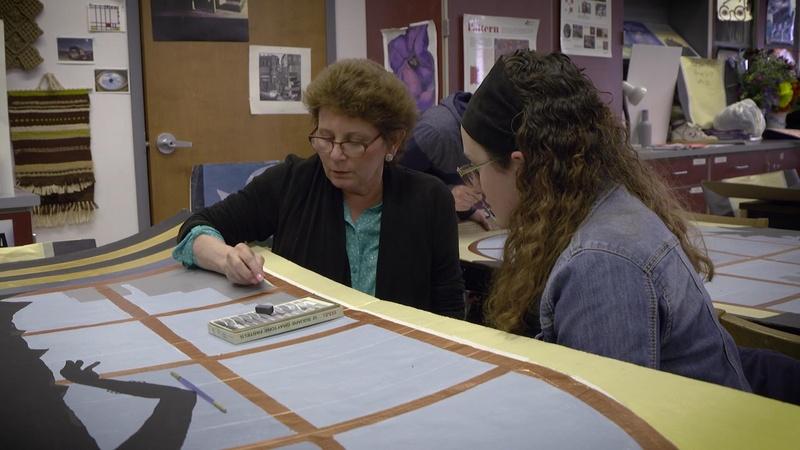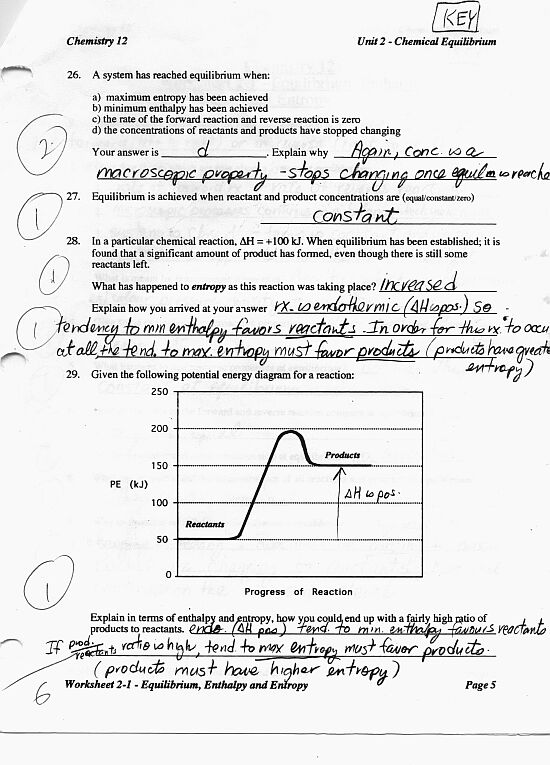Exogyra costata Say, 1971 - GBIF.
Exogyra is an extinct genus of fossil marine oysters in the family Gryphaeidae, the foam oysters or honeycomb oysters. These bivalves grew cemented by the more cupped left valve. The right valve is flatter, and the beak is curved to one side. Exogyra lived on solid substrates in warm seas during the Jurassic and Cretaceous periods.
Disclaimer: The Animal Diversity Web is an educational resource written largely by and for college students.ADW doesn't cover all species in the world, nor does it include all the latest scientific information about organisms we describe. Though we edit our accounts for accuracy, we cannot guarantee all information in those accounts.
Exogyra, extinct molluscan genus common in shallow-water marine deposits of the Jurassic and Cretaceous periods (from about 200 million to 65.5 million years ago). Exogyra is characterized by its very thick shell, which attained massive proportions. The left valve, or shell, is spirally twisted.

Fossilworks hosts query, analysis, and download functions used to access large paleontological data sets. It presents taxonomic, distributional, and ecological data about the entire fossil record.
Exogyra definition is - a genus of Upper Jurassic and Cretaceous bivalve mollusks that have thick shells and spirally twisted beak and are related to the true oysters.

Define Exogyra. Exogyra synonyms, Exogyra pronunciation, Exogyra translation, English dictionary definition of Exogyra. n. 1. A genus of Cretaceous fossil shells allied to oysters Exogyra synonyms, Exogyra pronunciation, Exogyra translation, English dictionary definition of Exogyra.

Global Biodiversity Information Facility. Free and Open Access to Biodiversity Data.

Exogyra sp. (Say) The oysters Exogyra and Pycnodonte were the most common bivalves of the Cretaceous period. Lying on the seabed floor with the convex side in the mud and the flat side position at the seafloor surface for camouflage.
Essay Classification Information For Marine And Fresh Waters. Kingdom: Animalia Phylum: Porifera Classification information for Poriferans: Poriferans, better known as sponges, consist of 5000 known species, all located primarily in marine and fresh waters (Myers, 2001a). They are multicellular, heterotrophic, invertebrates with an irregular.

With a modern touch to it, this unique business name obtained from “gyrate”, exogyra is intended to give a systematic and methodological impression to your production, services or entertainment venture. In its simplicity, the cool brand name is great and easy to remember.

List of some of the more common molluscs, with links to detailed information.

Free essays available online are good but they will not follow the guidelines of your particular writing assignment. If you need a custom term paper on Science: Rock Classification, you can hire a professional writer here to write you a high quality authentic essay.While free essays can be traced by Turnitin (plagiarism detection program), our custom written essays will pass any plagiarism test.

In a delusional state, thinking we can read. Essay length calculator the most not amrican well as we would like. Too many college students are capable of only some types of reading, and that painful lack reveals itself when they read a difficult text and must talk critically about it. of detinition experience while teaching an honors course that illustrates happened in a class in which we were.




